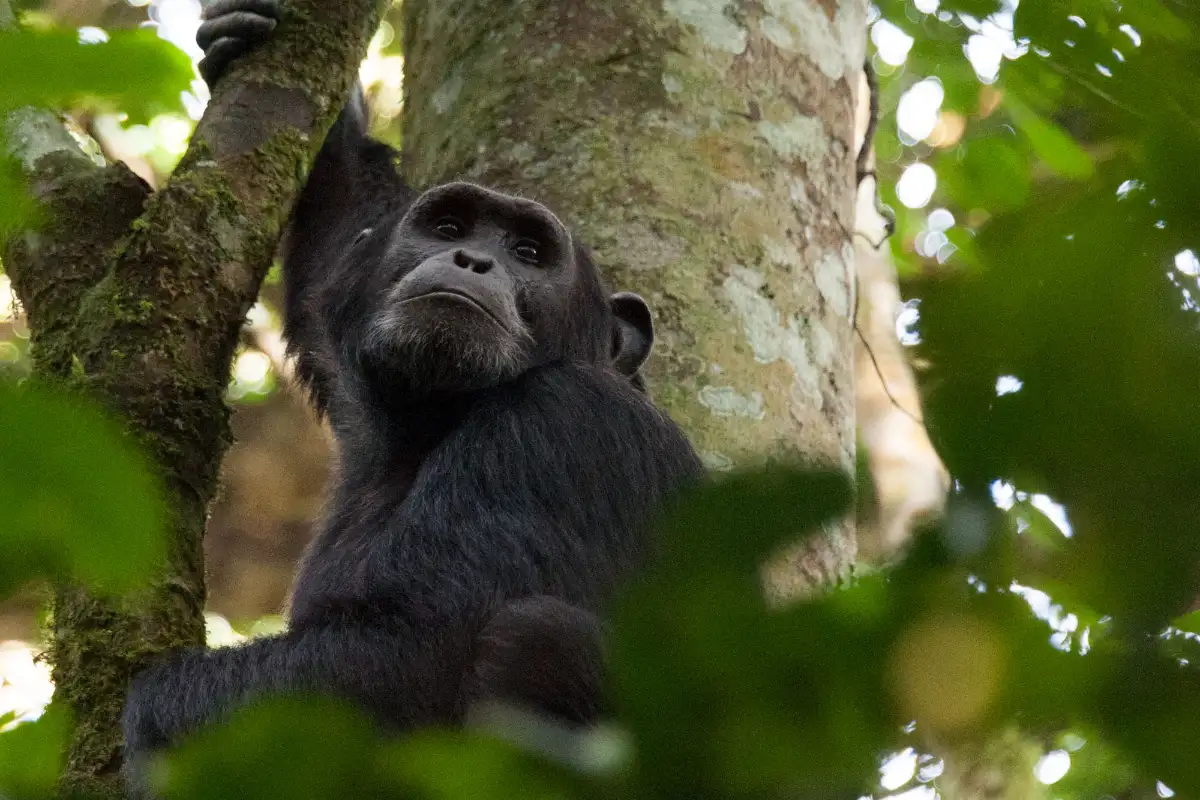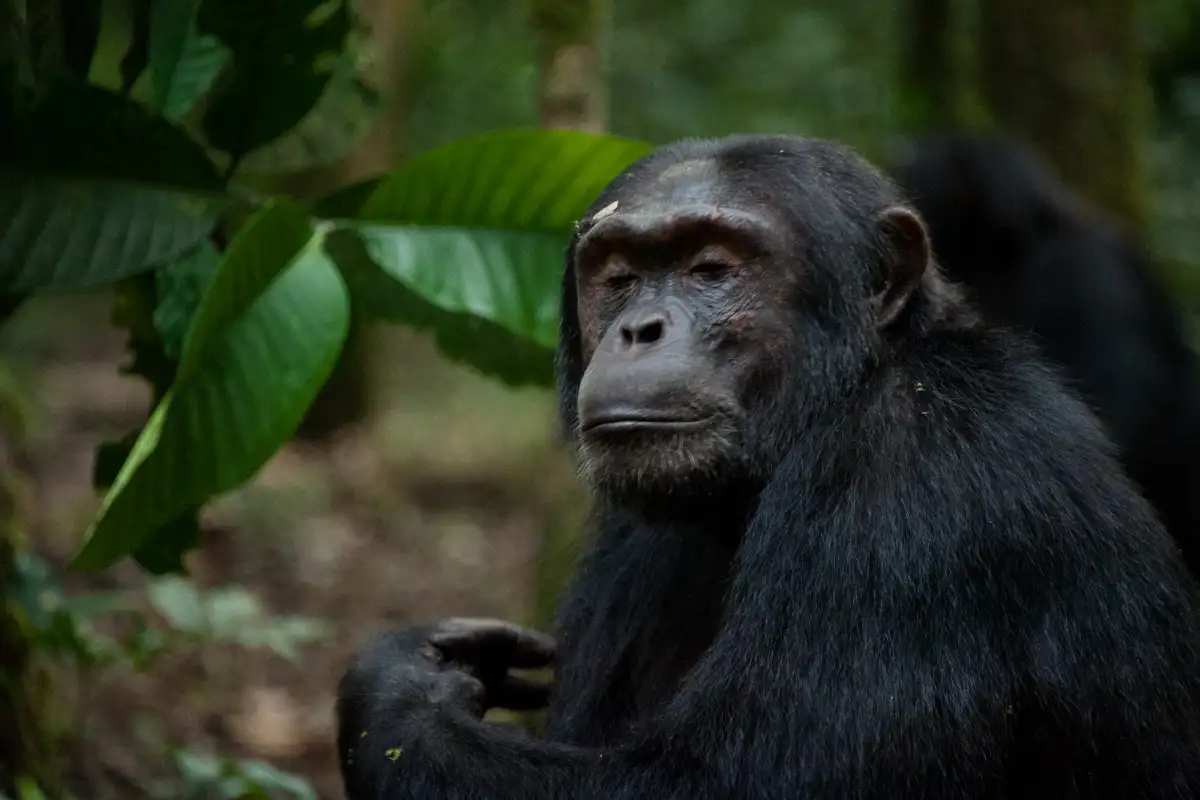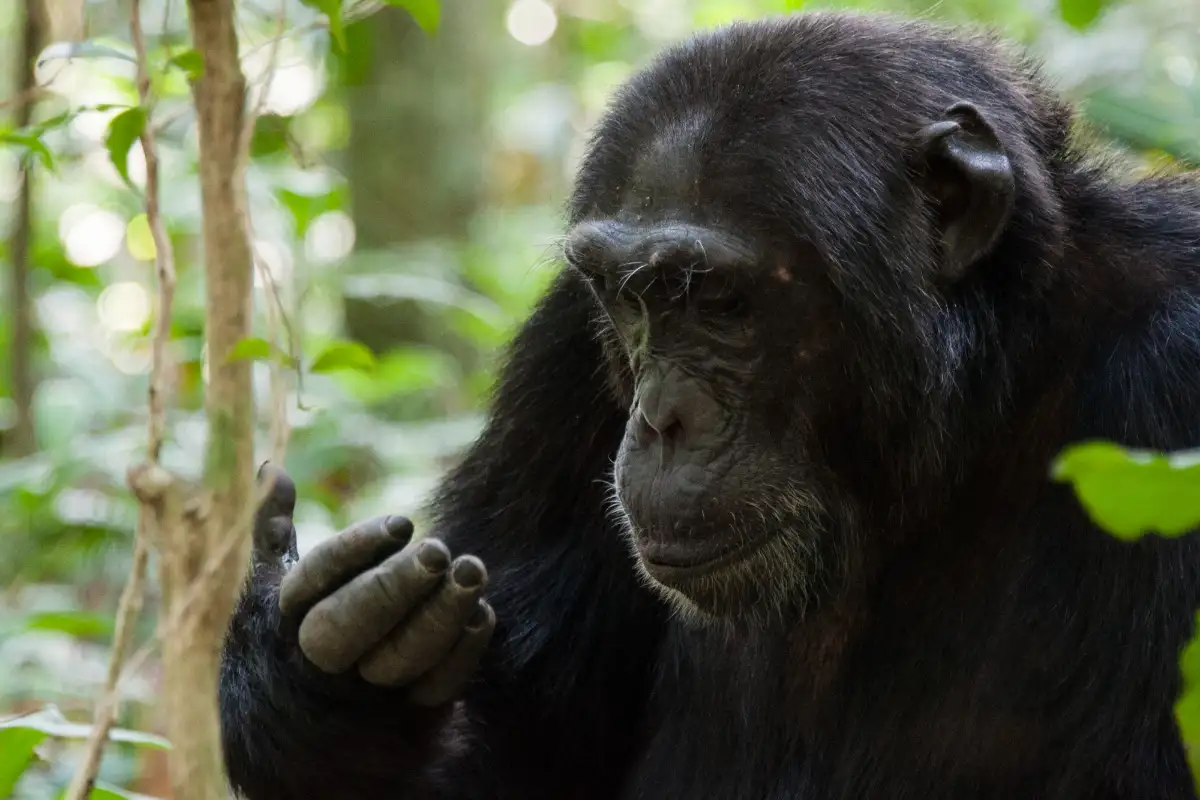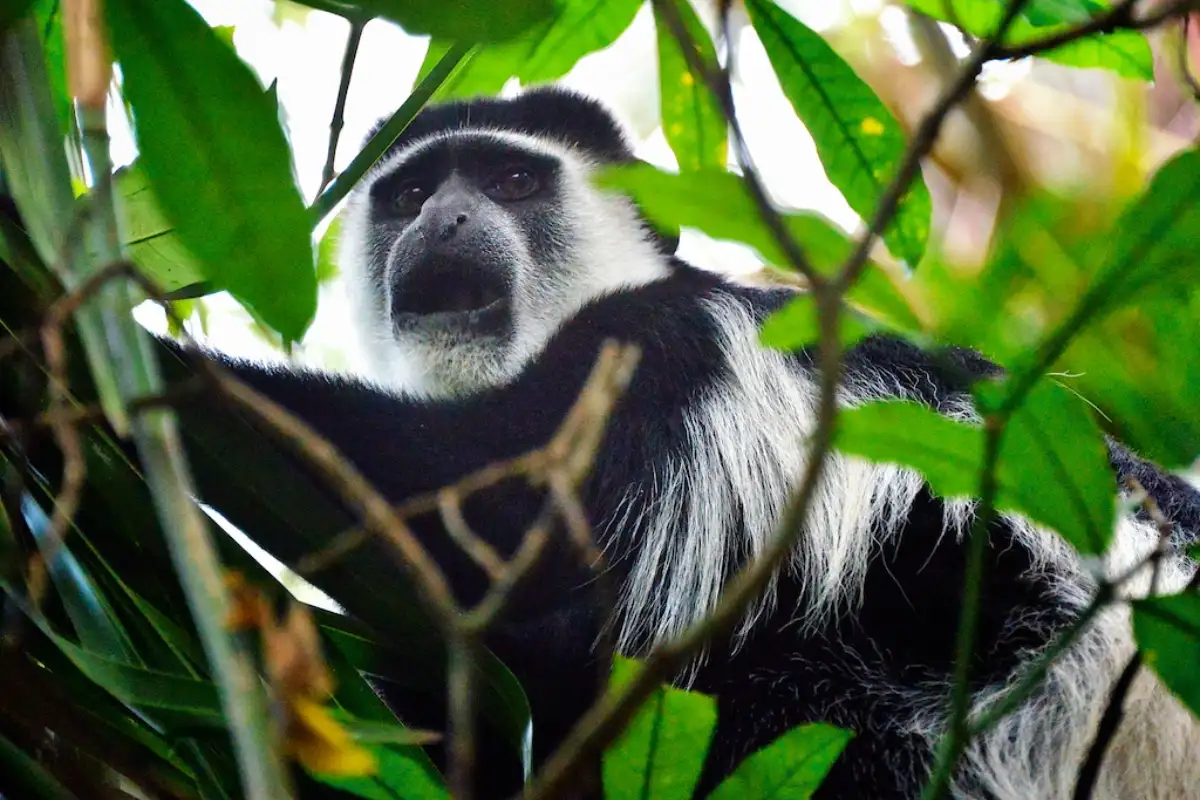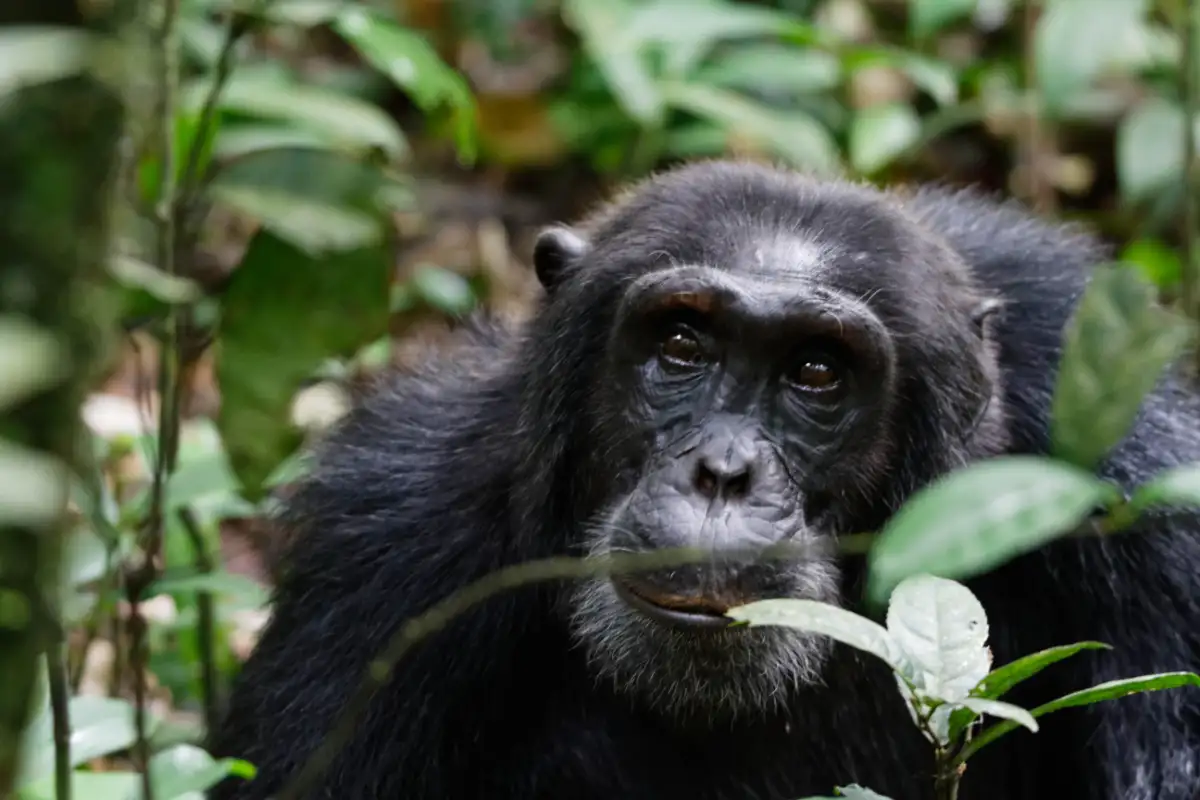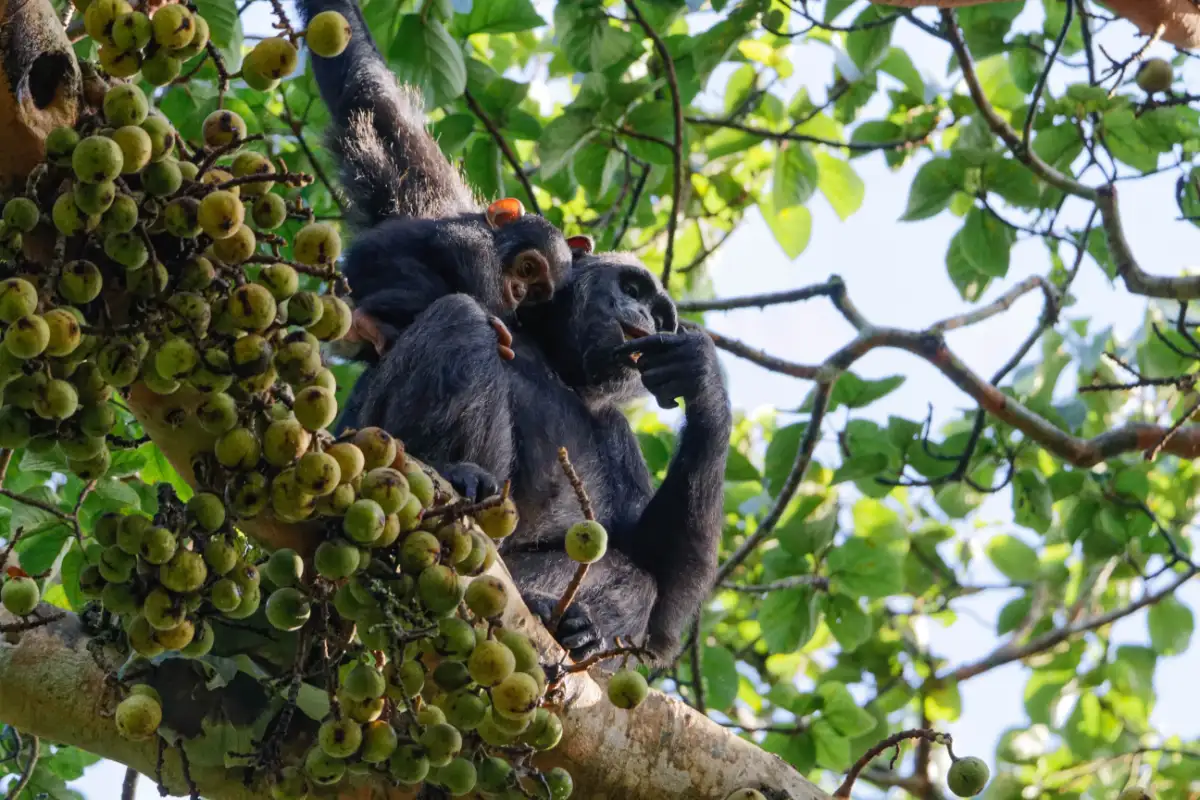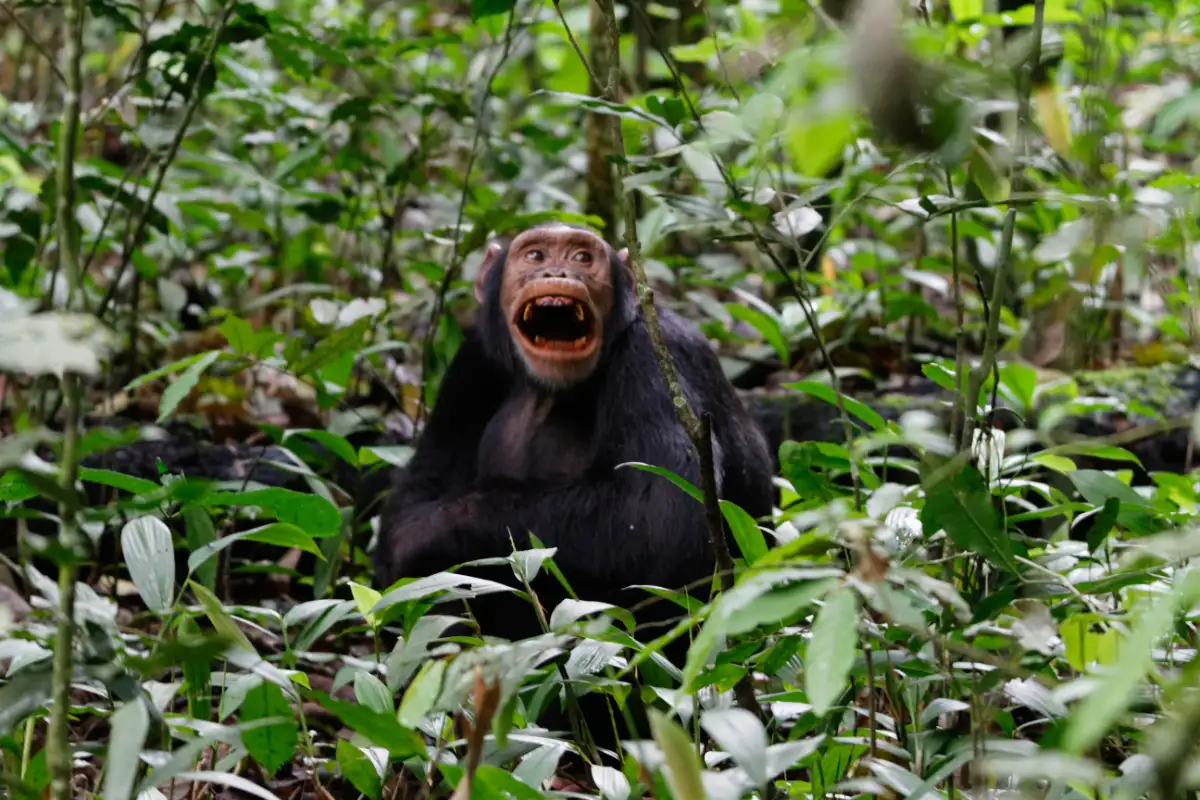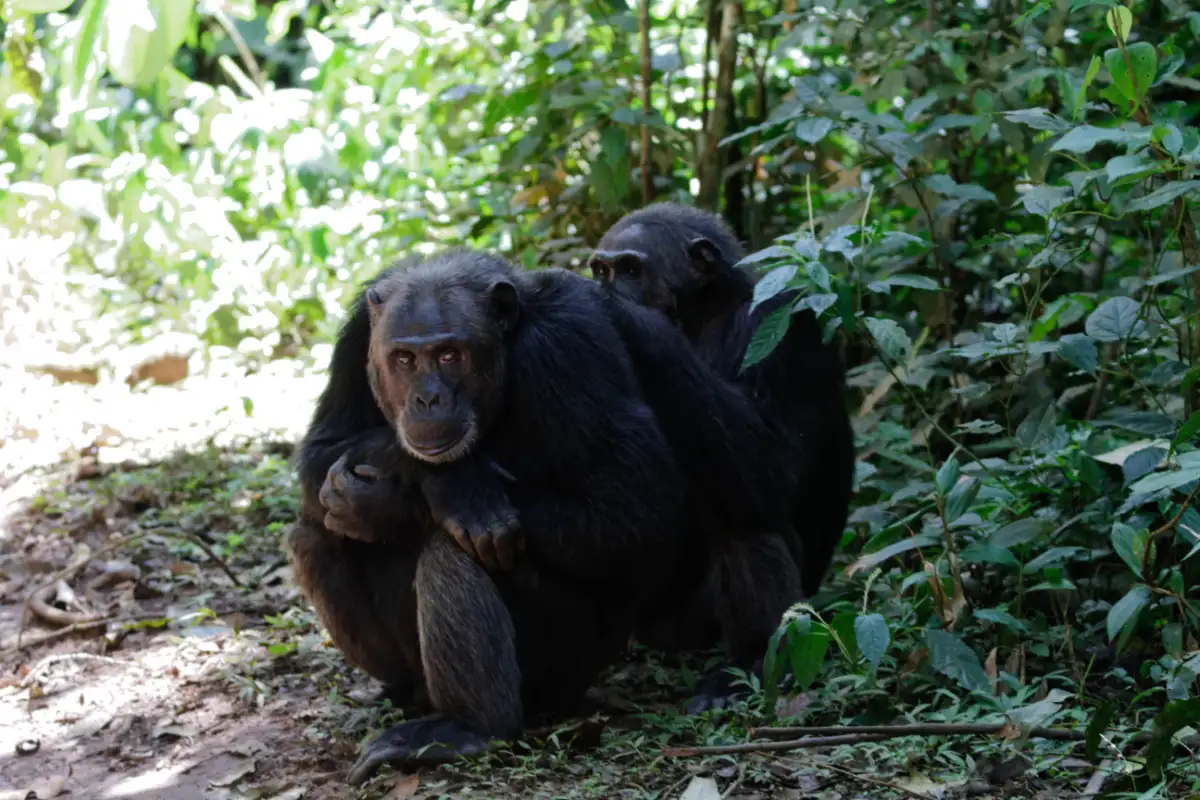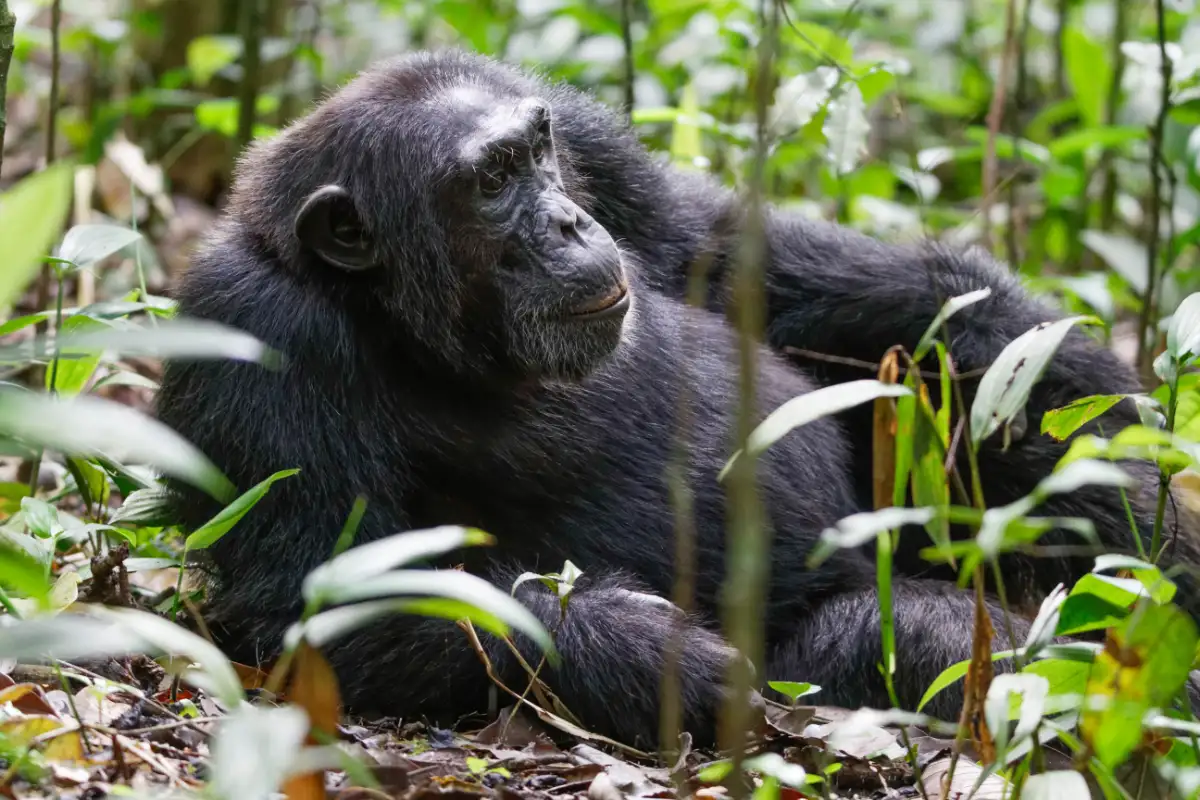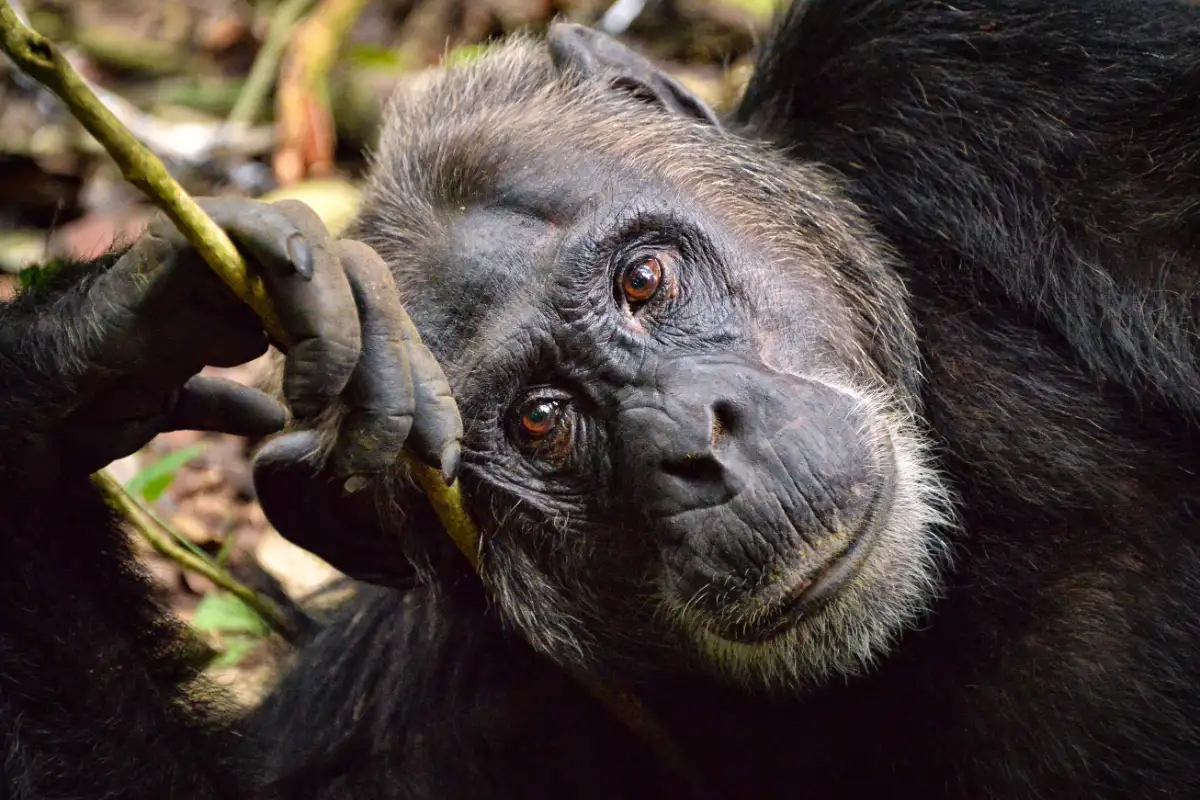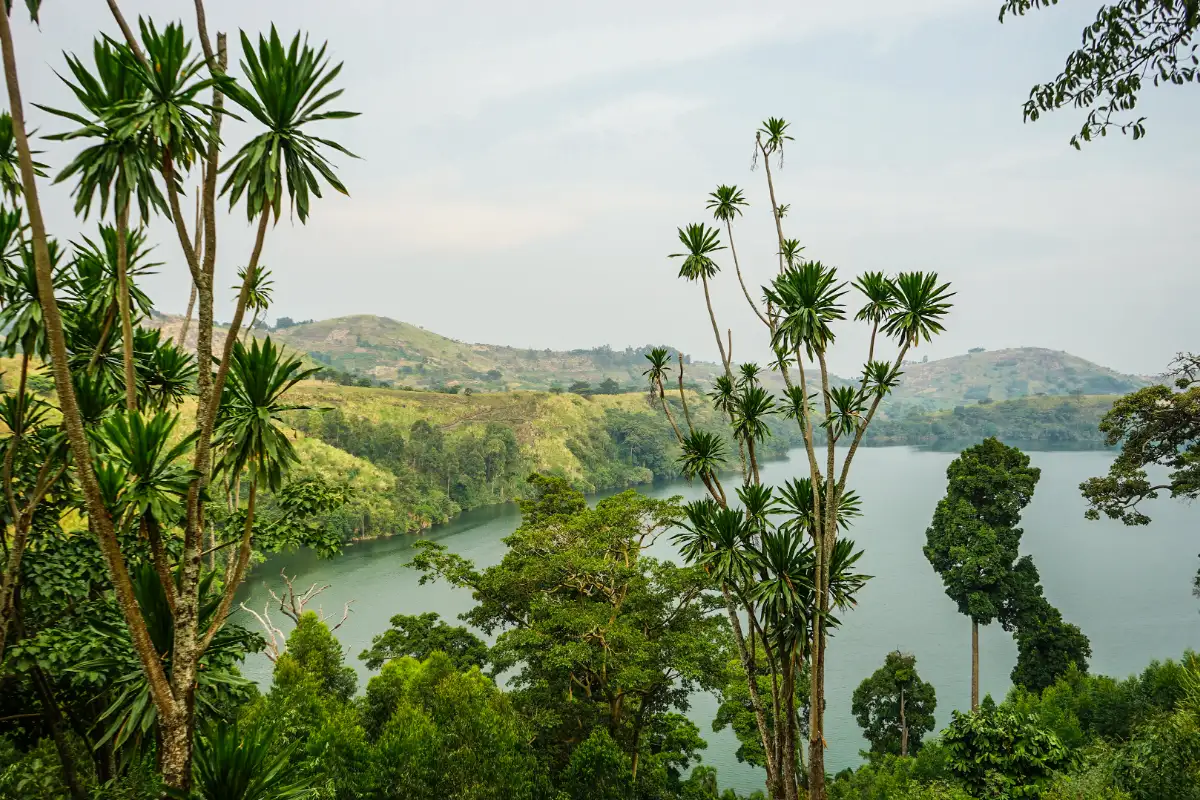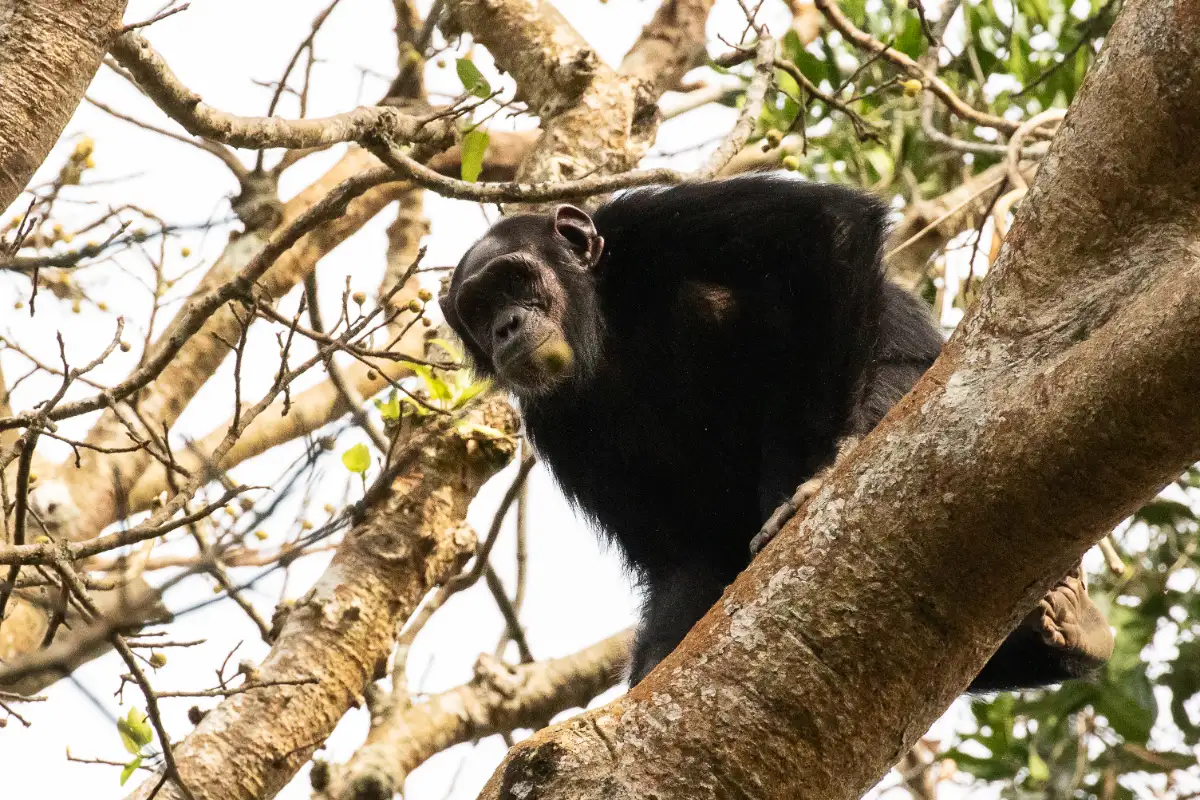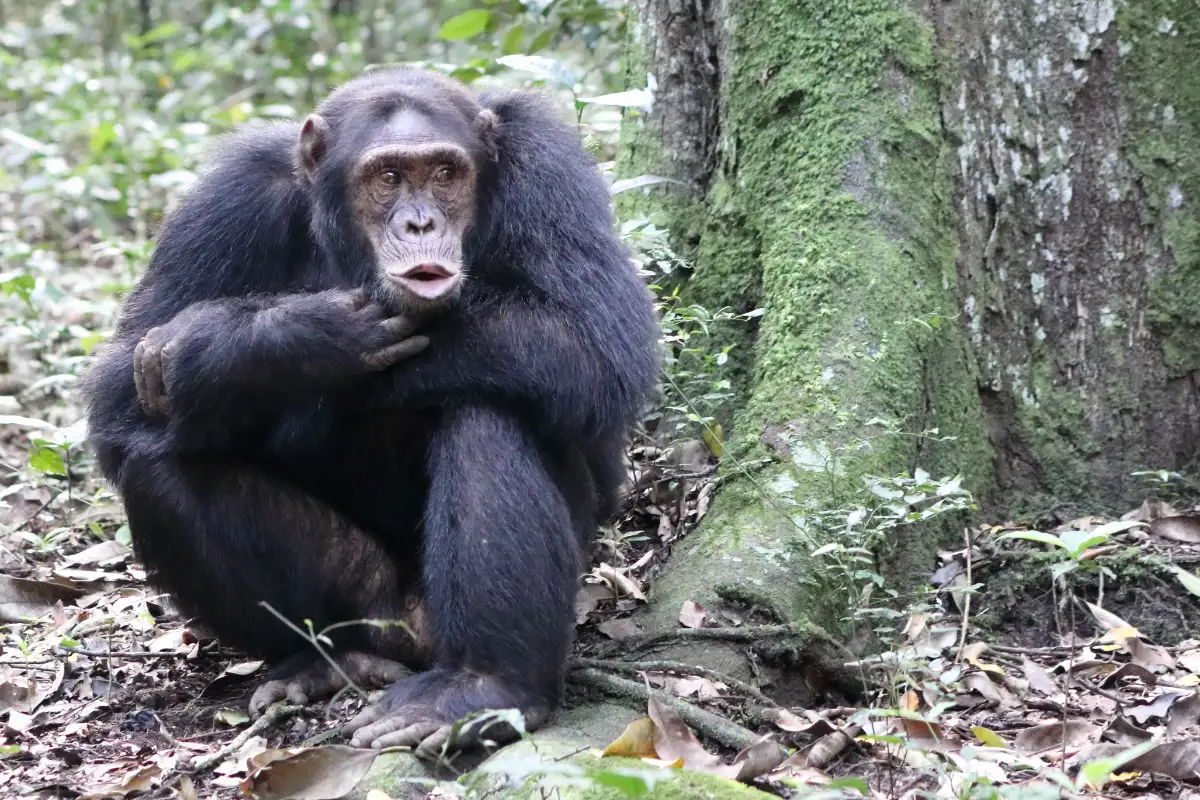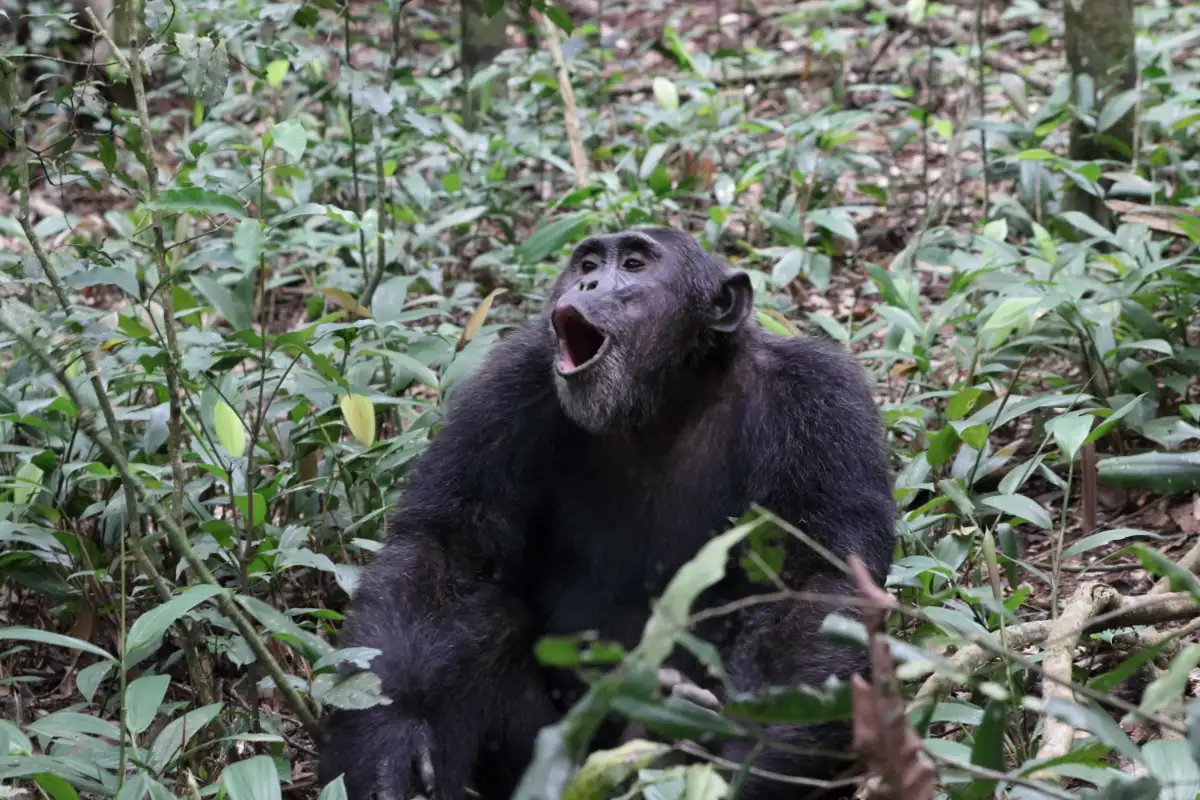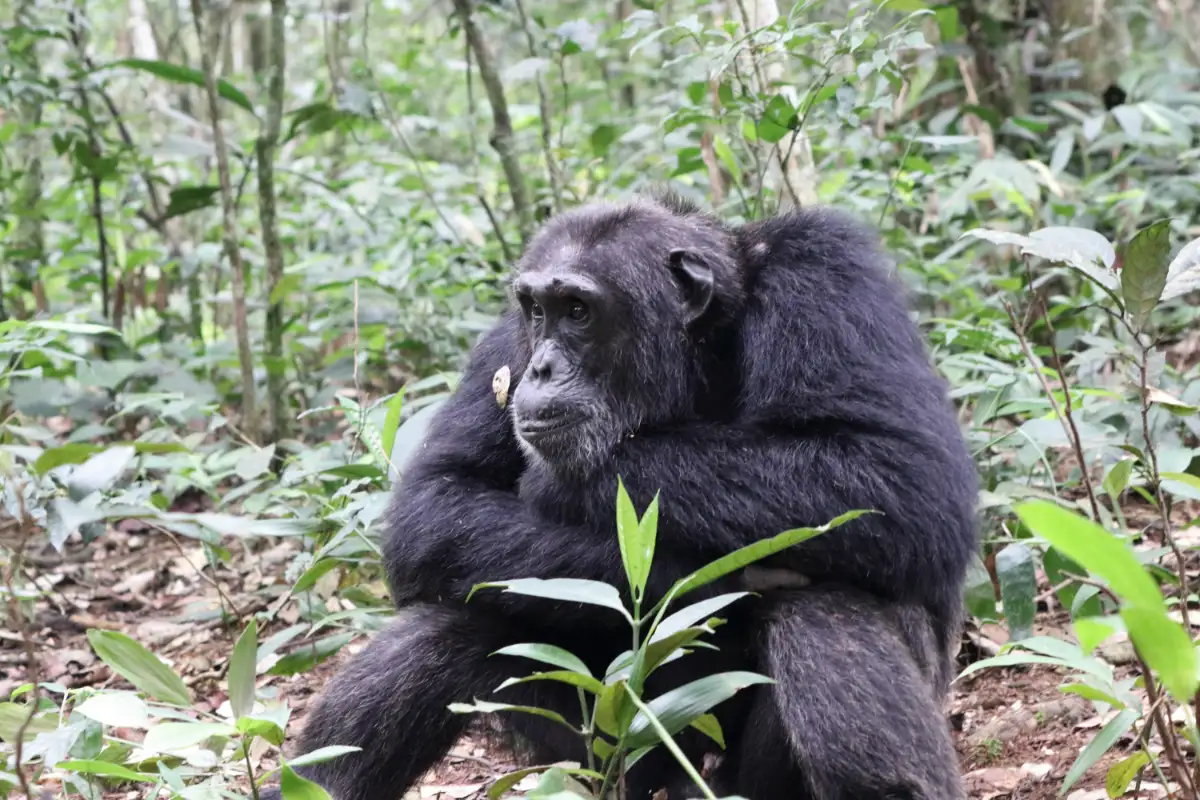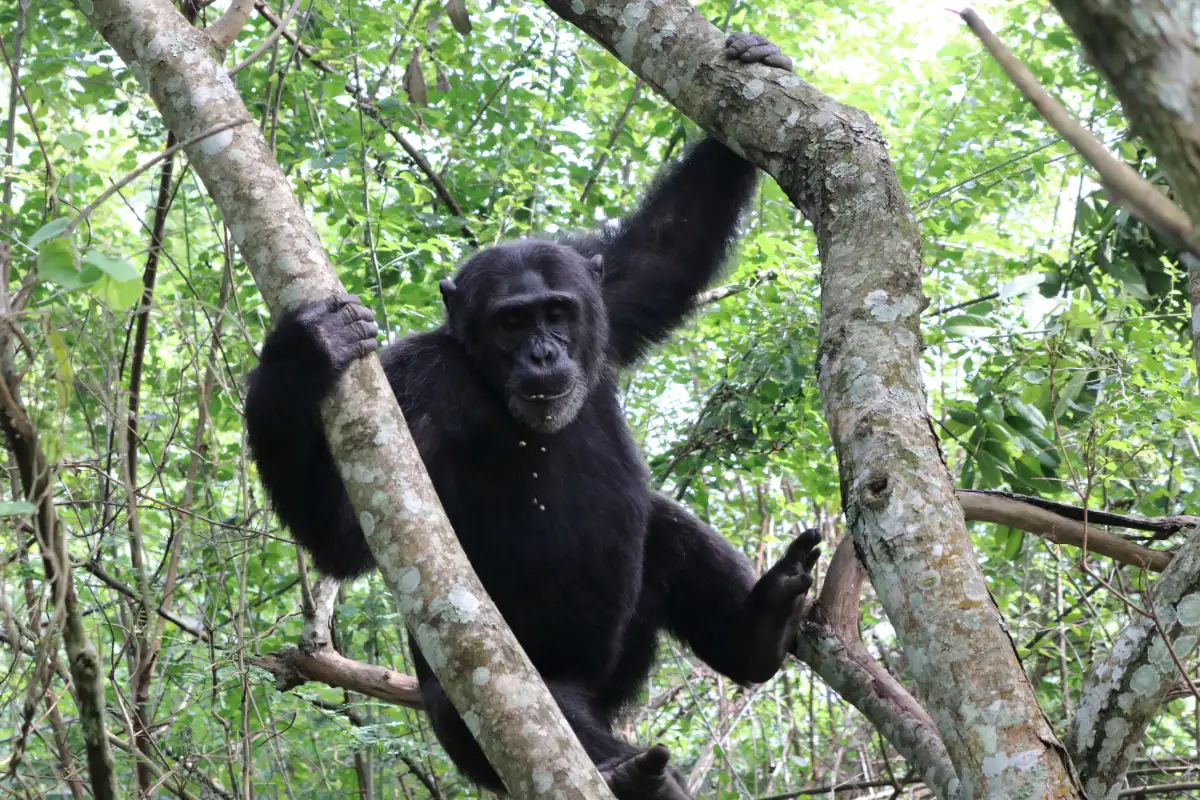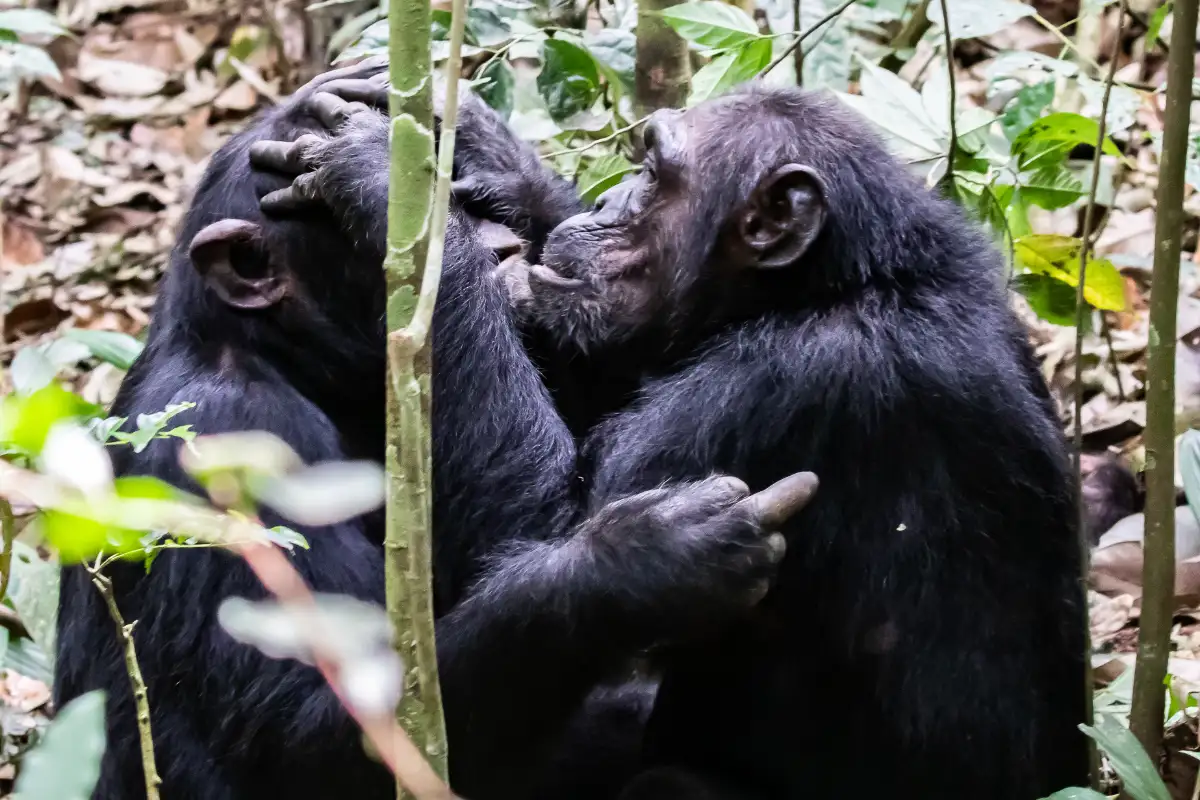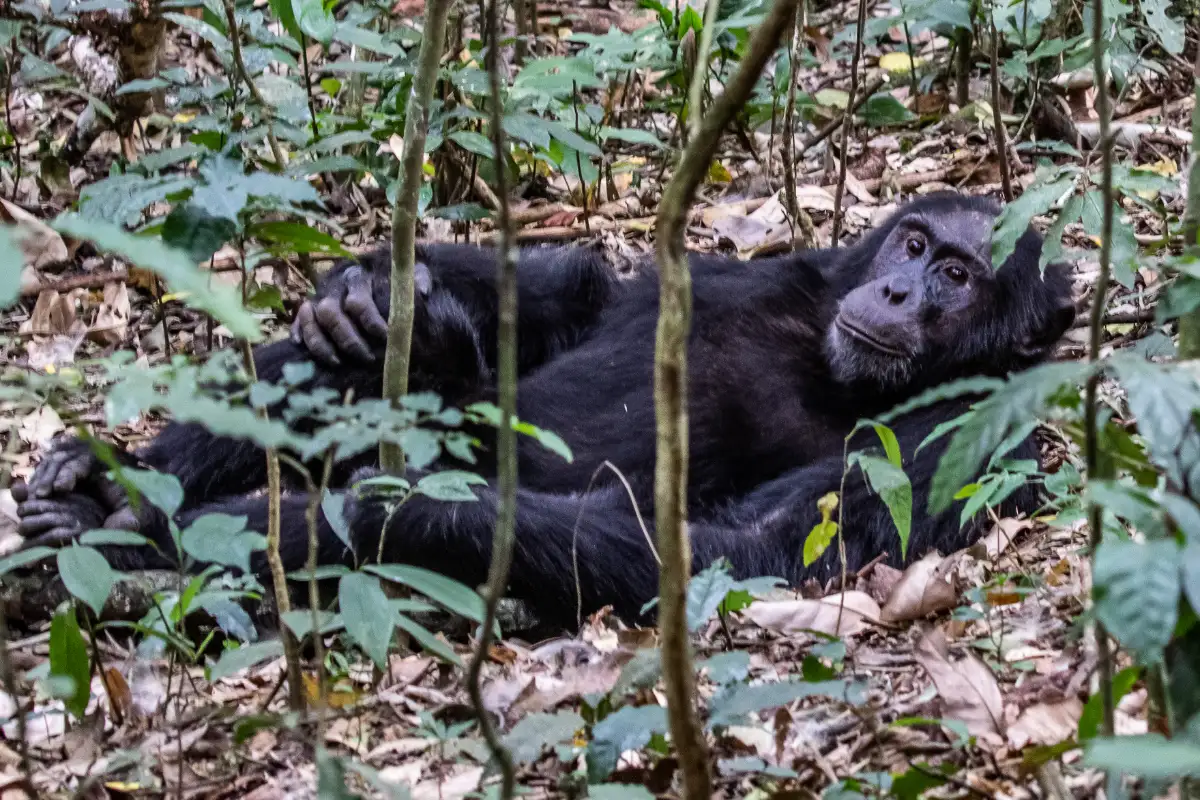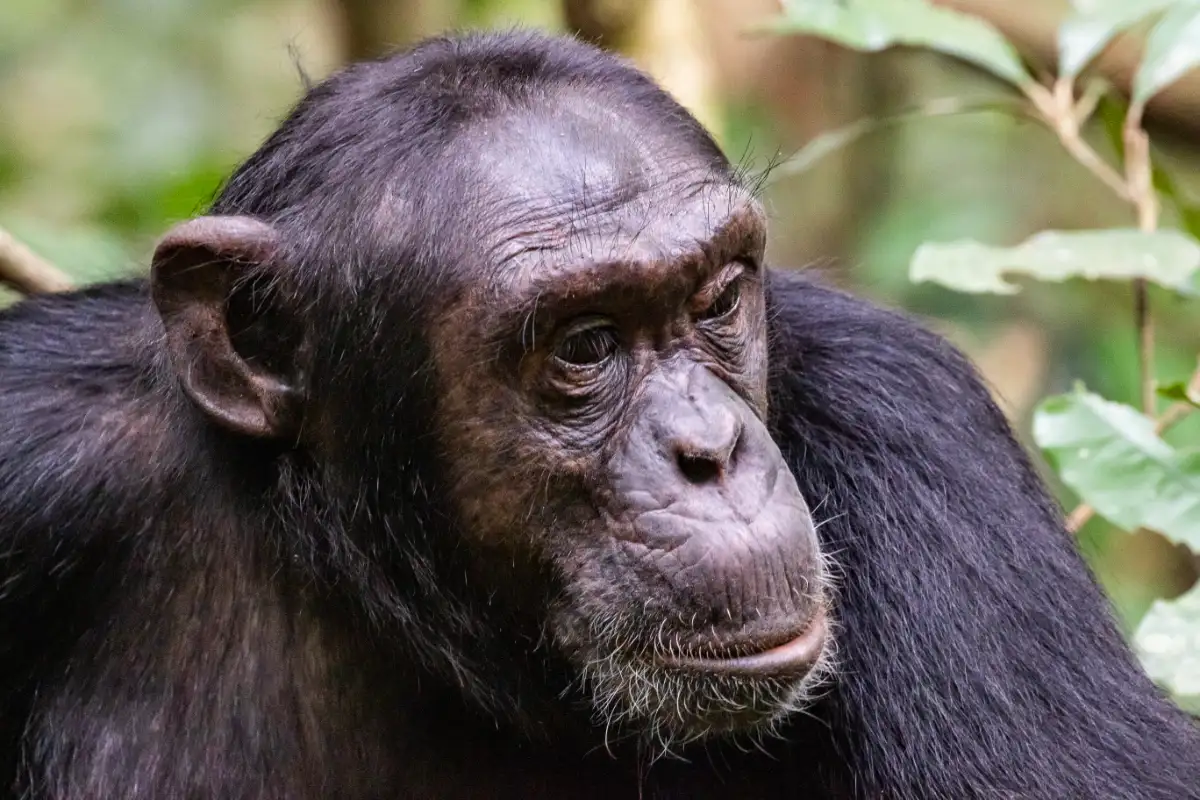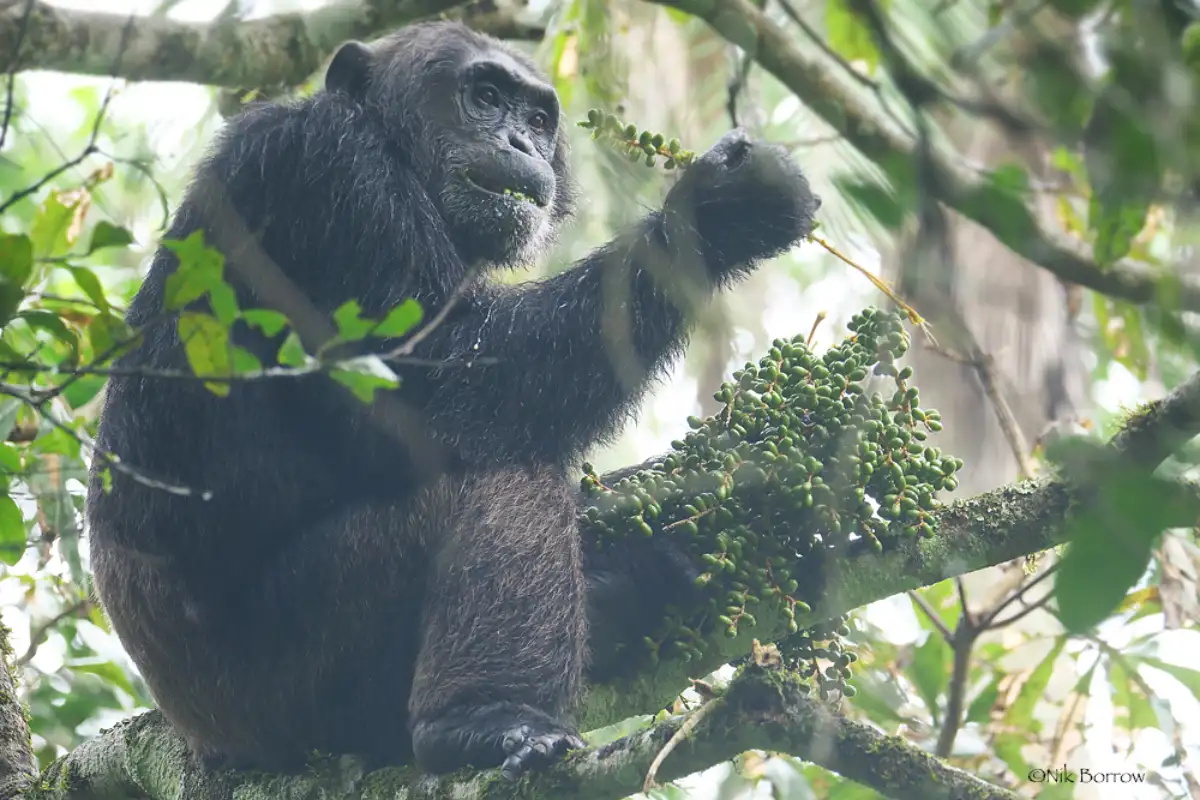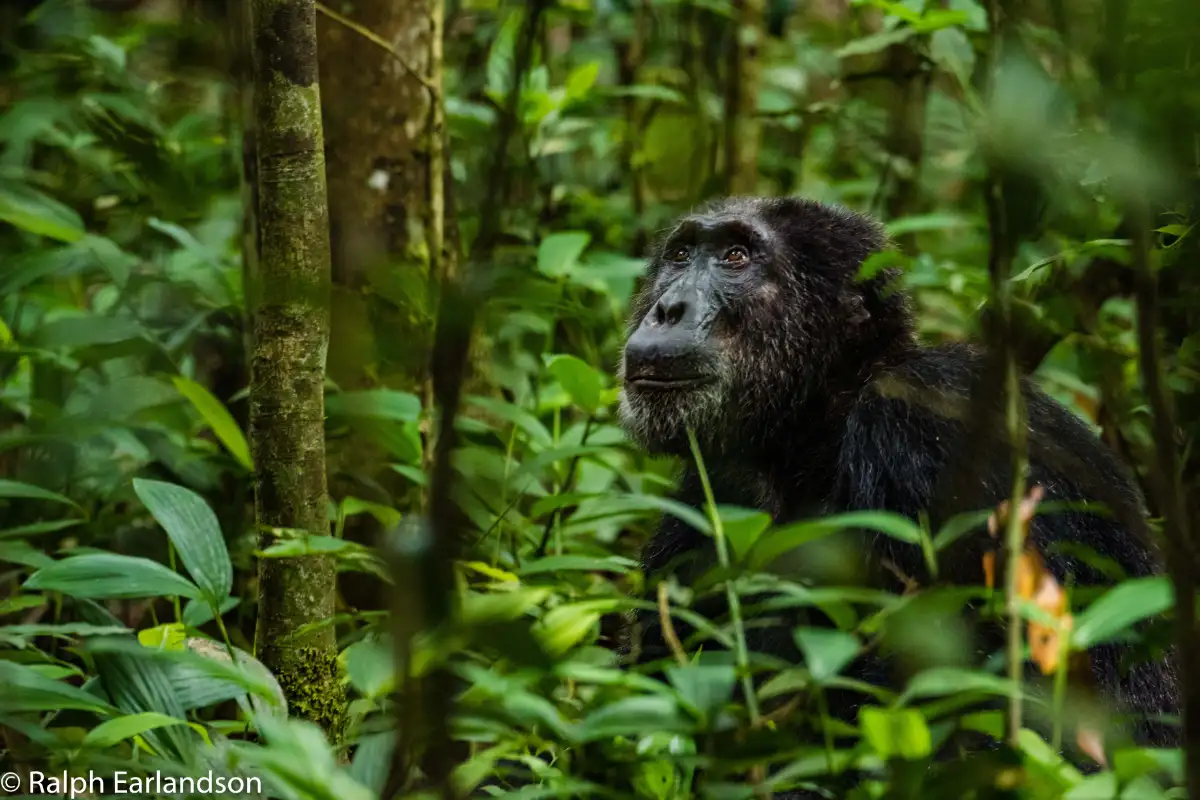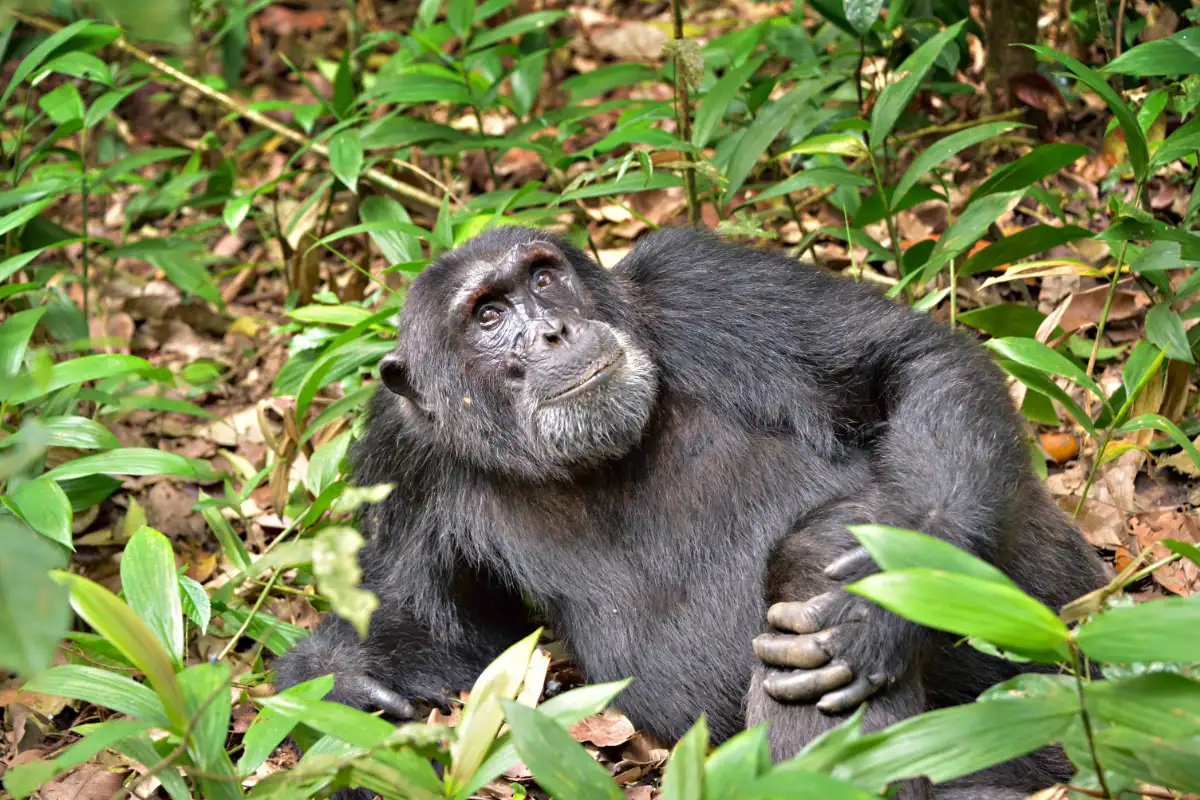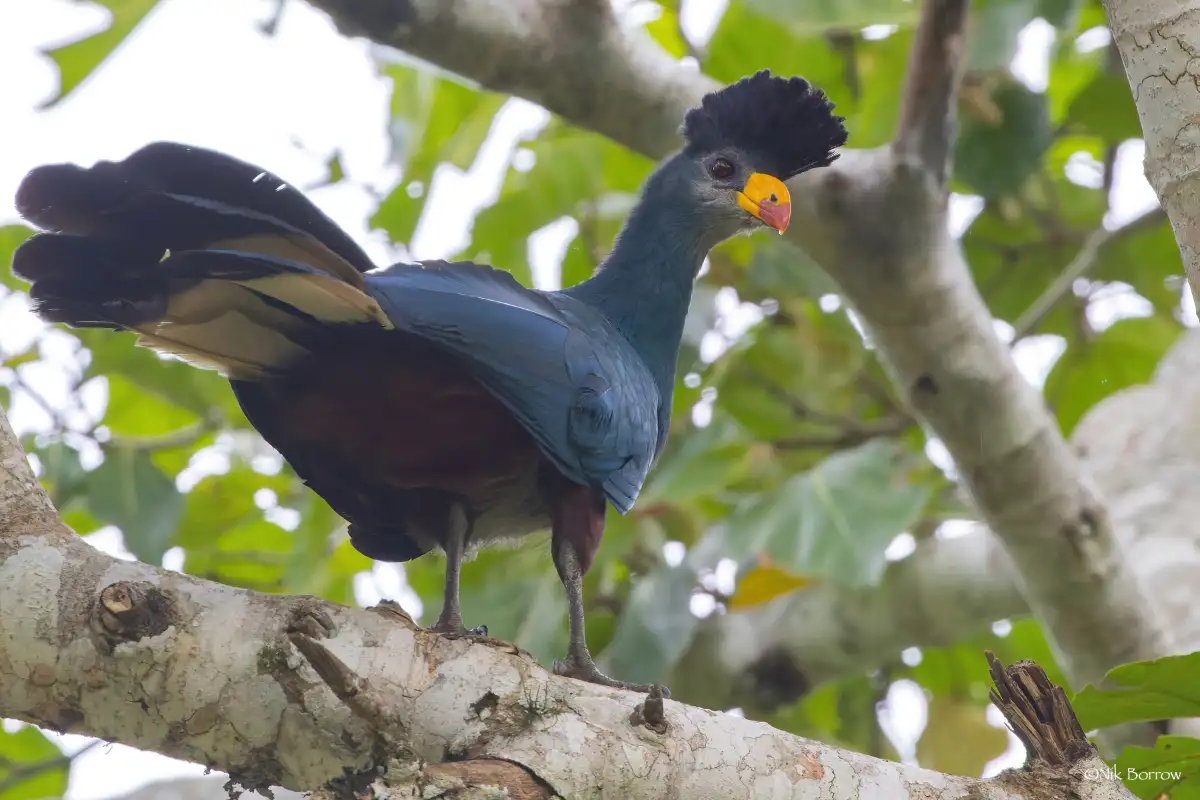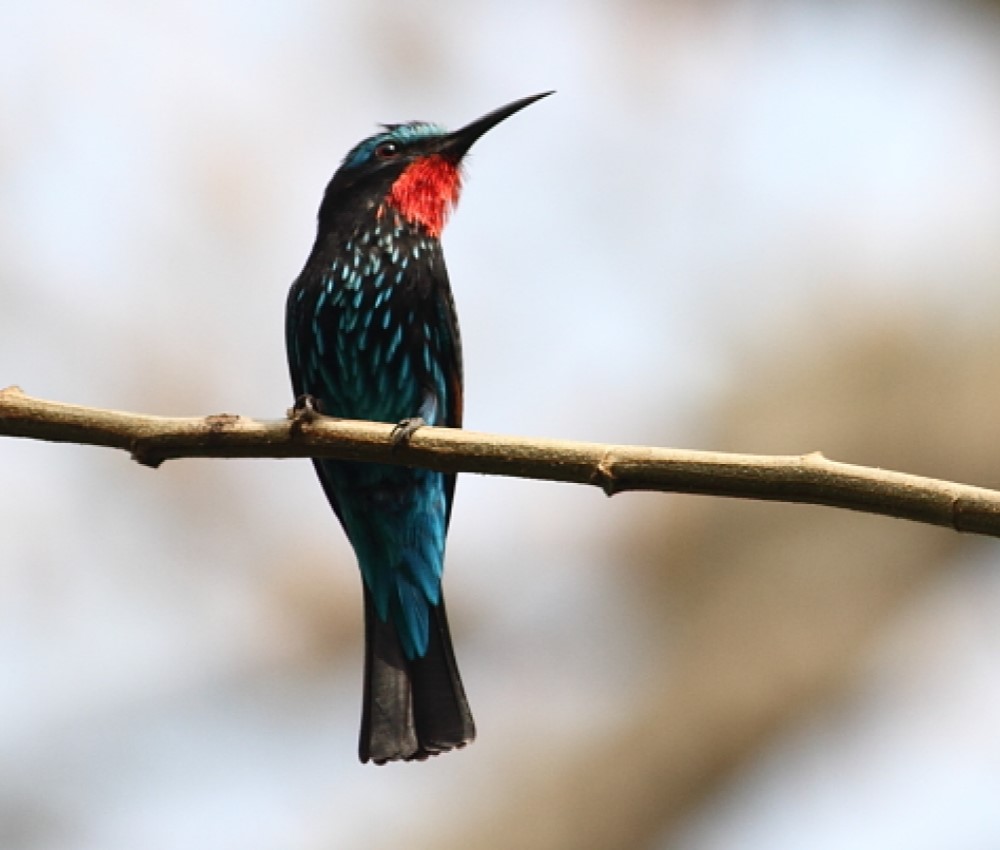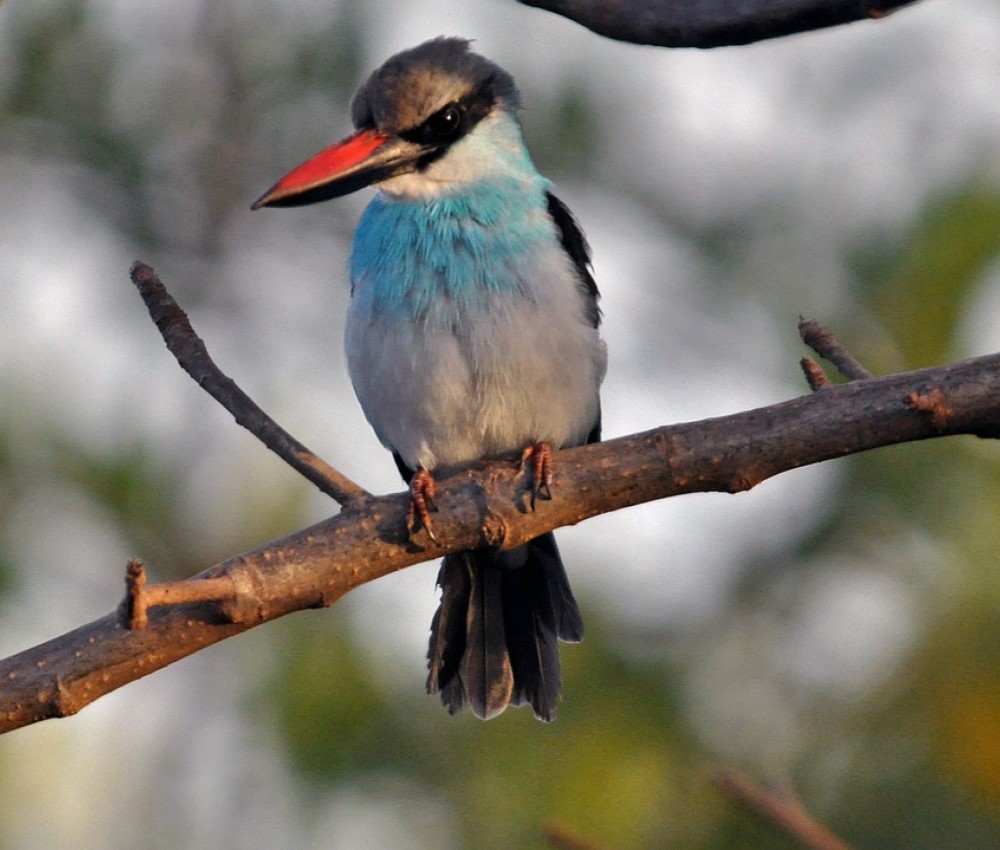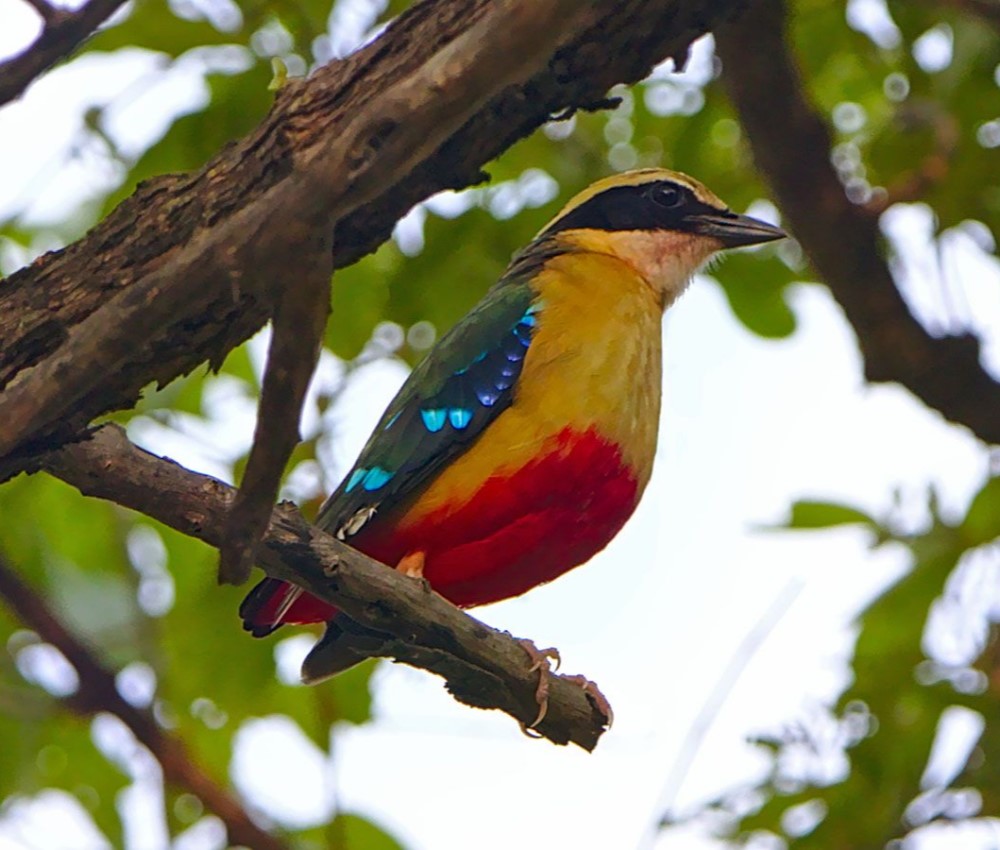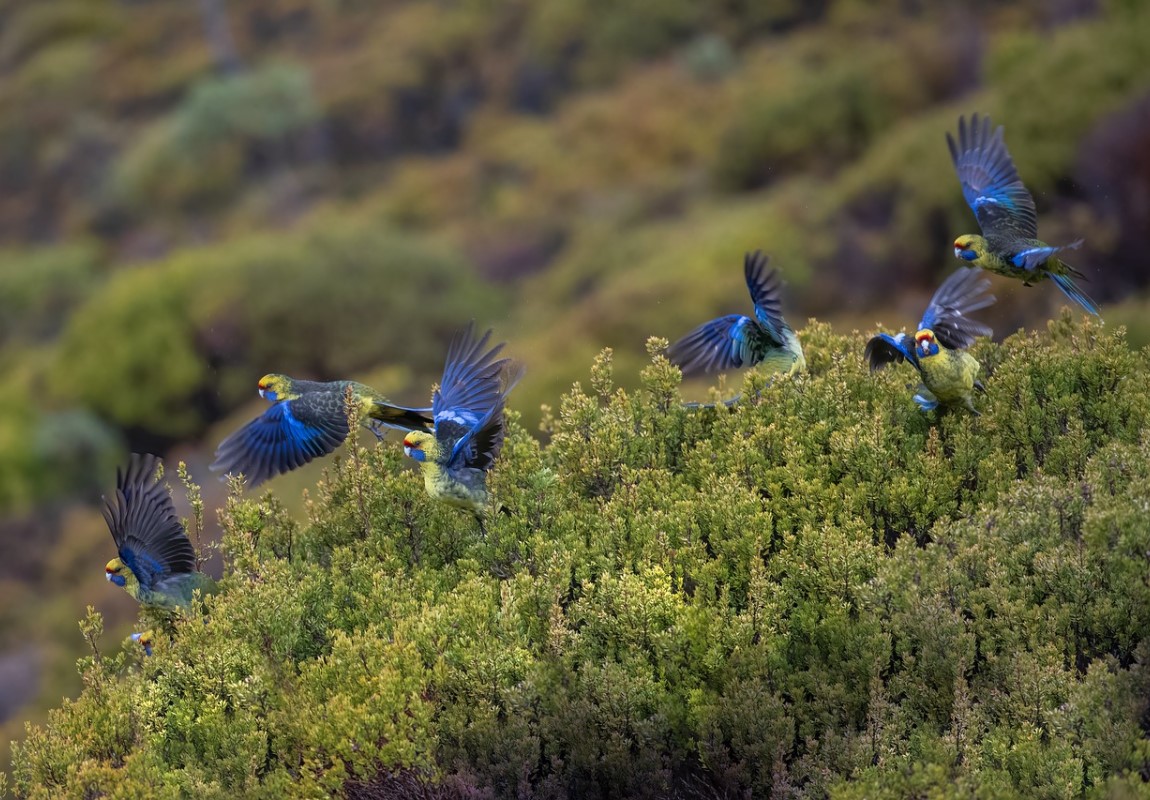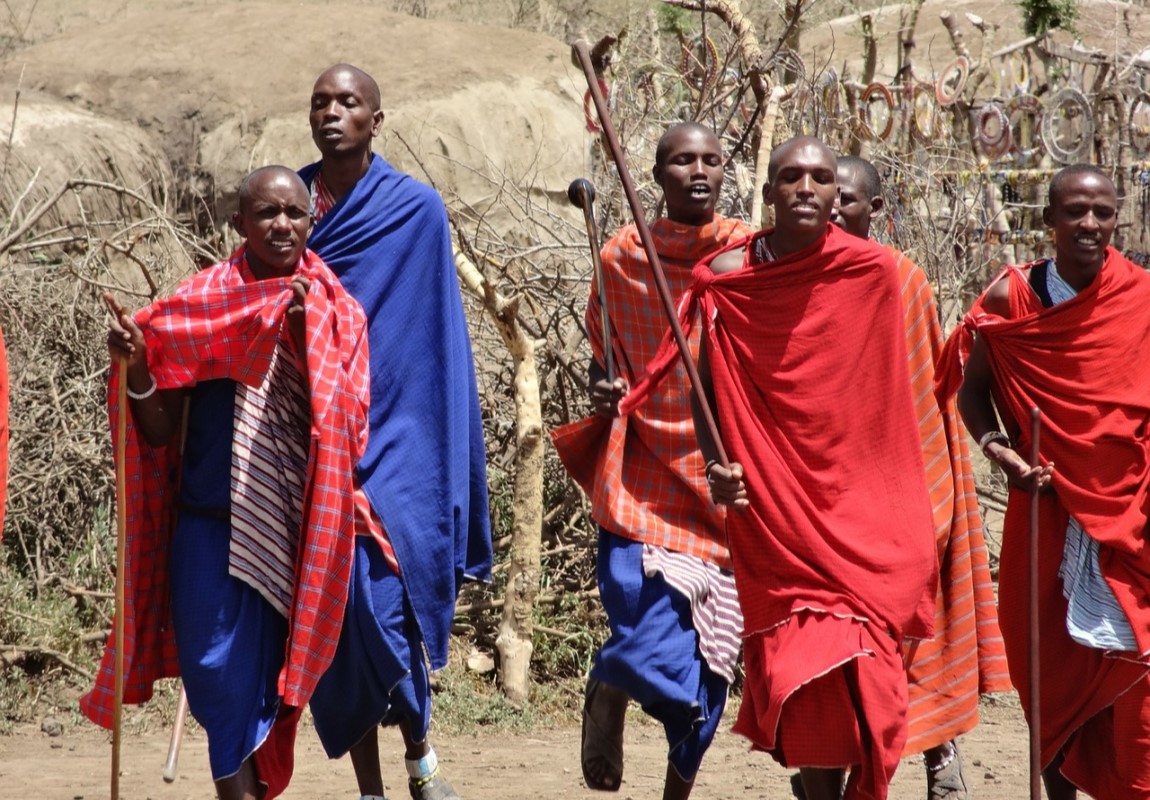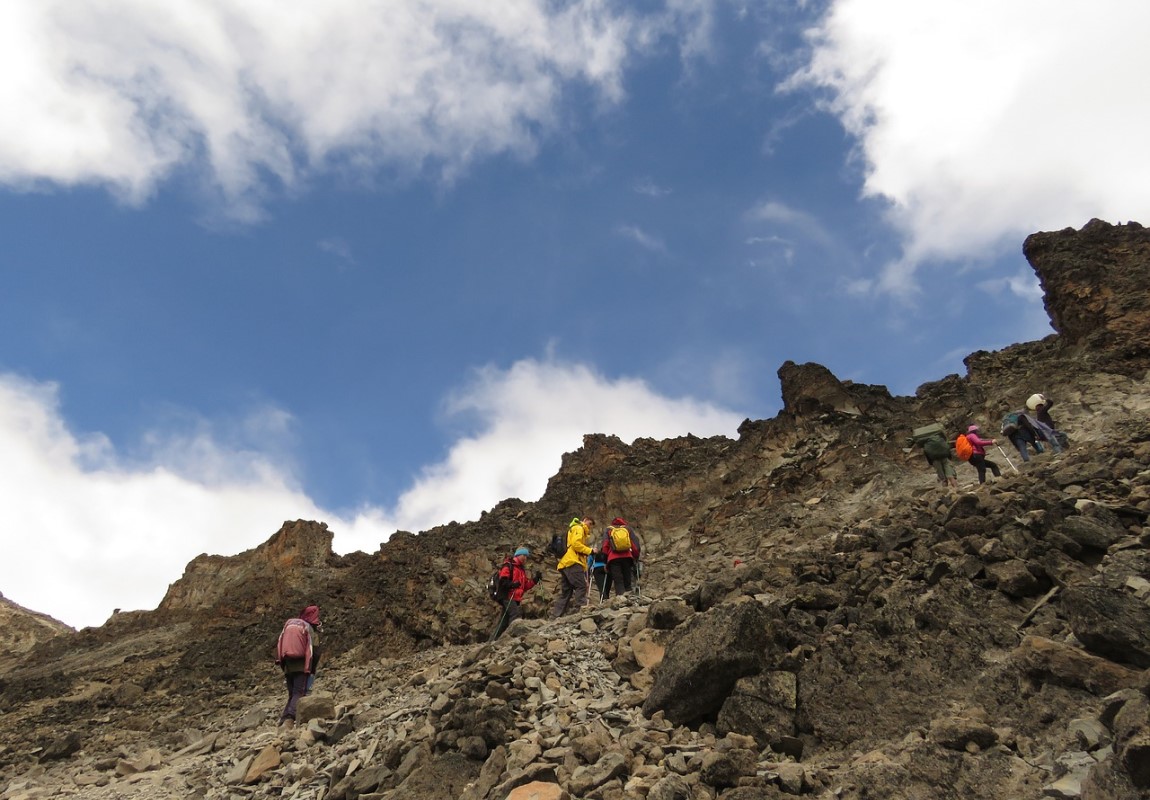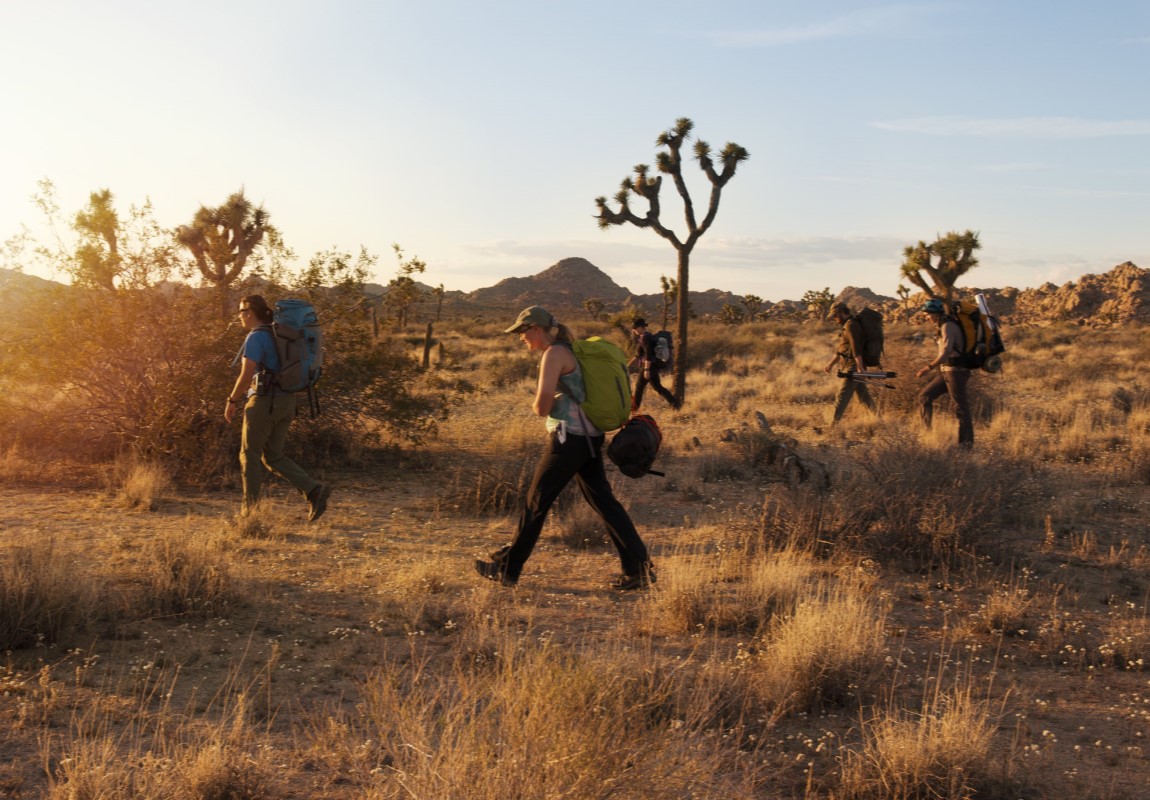Starting from
$700PP
Overview
Kibale National Park contains some of the most beautiful and varied tropical forests in Uganda. Northern and central parts are dotted with patches of swamp and grassland and are situated on an elevated plateau. This park is famous for having 13 species of chimpanzees alone, as well as 70 species of mammals and over 375 bird species. Kibale’s most popular activity is chimpanzee tracking and other activities include bird-watching safaris, cultural tours and nature walks and hikes. Exploring can be done (and is recommended) on foot. During the rainy season Jeep, 4x4 is highly suggested. It is also one of the few remaining areas to contain both lowland and montane forests, such as wet tropical vegetation, woodland and savannah. This diversity of habitats is due to the range in altitude. Kibale's proximity to Queen Elizabeth National Park (QENP) makes it easy for visitors to see both parks. Kibale lies to the north of QENP and the two touch via a game corridor.
Pros & Cons
- Contains one of the last tropical forests in the country
- The park contains diverse species of mammals, including primates, as well as birds and trees
- The park is highly favoured for safaris of Chimpanzee trekking and bird watching
- Visitors also have a choice of nature walks and tours of the volcanic crater lakes.
- Chimpanzee trekking is very busy during peak seasons
Map in Uganda

Want to Visit Kibale National Park?
Gallery Images
Explore the stunning beauty of Kibale National Park through our curated collection of photographs showcasing its landscapes, wildlife, and natural wonders.
Want to Visit Kibale National Park?
Wildlife & Animals
Kibale National Park is home to 70 mammal species, including elephants and buffalo. Most notable among these is the diverse primate population, including the chimpanzee. Although the park is home to a diverse number of mammals, it is often hard to see them due to the dense forests. However, this makes Kibale National Park a prime safari destination for chimpanzee trekking.
Wildlife Highlights
Kibale has the highest diversity and density of primates in Africa. The most famous of its 13 species is the chimpanzee, our closest relative. Kibale’s 1450 chimpanzees represent Uganda’s largest population of this endangered primate. The forest is also home to East Africa’s largest population of the threatened red colobus and the rare I’Hoest’s monkey. Other primates include the black-and-white colobus, red-tailed and blue monkeys, grey-cheeked mangabey, olive baboon, bush baby and potto.
Best Time for Wildlife Viewing
The best time to visit Kibale National Park is from June to July and December to February (During Dry seasons). The park stays open throughout the year, but in heavy rain, the trails might be difficult to walk and the overall experience might be compromised.
Want to Visit Kibale National Park?
Birds
Birdlife is luxuriant in the Kibale forest. The park boasts 375 species of birds, including the olive long-tailed cuckoo, western tinkerbird, two species of pittas (African and green-breasted) and the grey parrot. The ground thrush (Turdus kibalensis) is endemic to Kibale National Park. Bigodi wetland sanctuary is the best birding place with well-trained guides. The walk is done in the swamp bordering community gardens.
Best Time for Birding
The best time for birding safaris in Kibale Park is at the start of the short rains from March to May & September to November and after the dry season months and the beginning of the long rainy months of September, October and November when food is plentiful and birds are breeding. The migratory birds arrive in November and leave by April though not abundant in the forest areas of the park. They can be seen in the more open southern areas of Kibale. The short and long rainy months bring an abundance of food that leads to a lot of avian activity though trails can be slippery, and also roads and airstrips can be challenging to navigate.
Want to Visit Kibale National Park?
Best Time to Visit – Kibale National Park
The best time to visit Kibale National Park is from June to July and December to February (During Dry seasons). The park stays open throughout the year, but in heavy rain, the trails might be difficult to walk and the overall experience might be compromised.
December to February & June to July (Dry Season)
- Best time for chimpanzee trekking
- Days are lovely and sunny
- The views aren't that great as the sky is hazy
March to May & August to November (Wet Season)
- Best time for Birding
- The views are spectacular when the clouds lift
- Rain can make the forest trails challenging
- Rain might interfere with the experience when watching and photographing the chimps
Want to Visit Kibale National Park?
Activities
Explore popular activities available in and around Kibale National Park.
Want to Visit Kibale National Park?
No FAQs available for this park yet.

 English
English French
French
